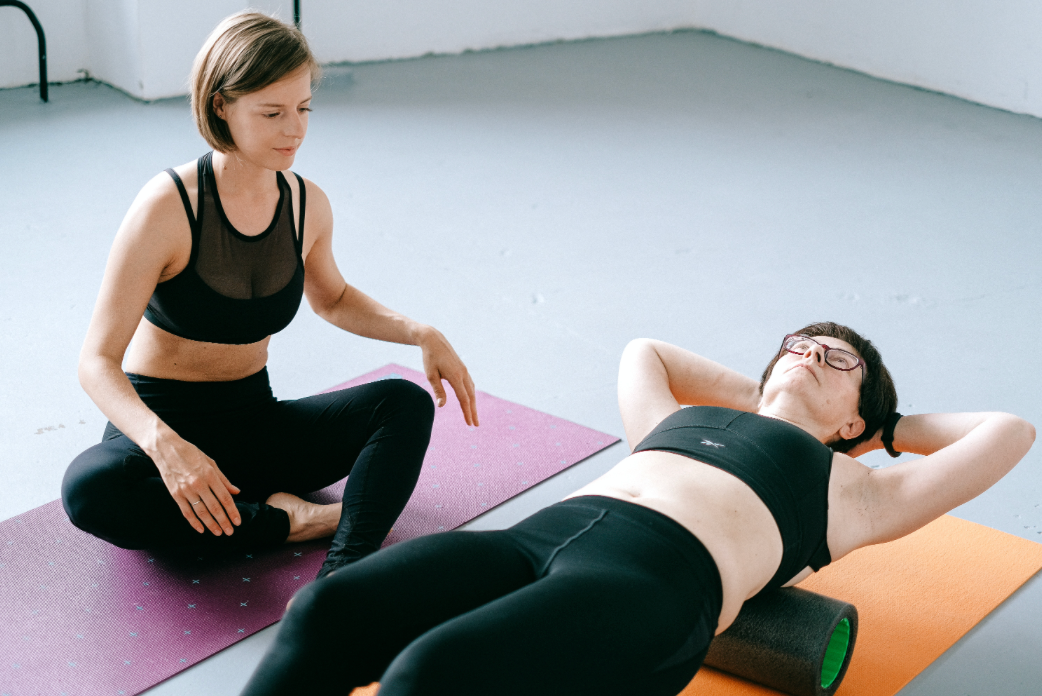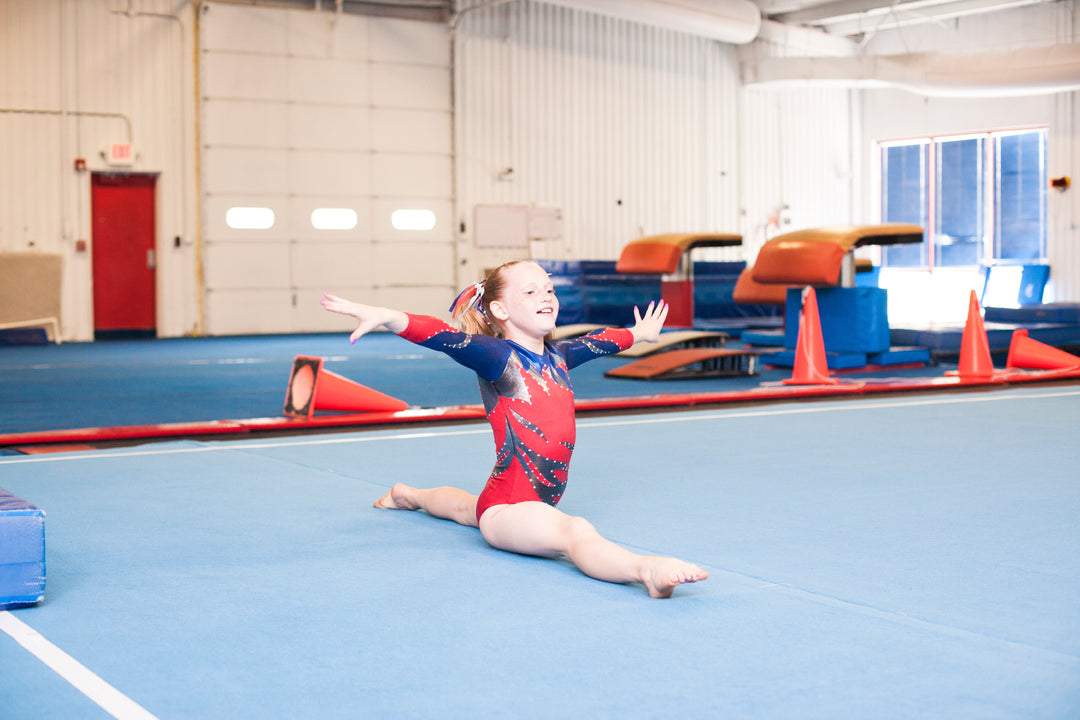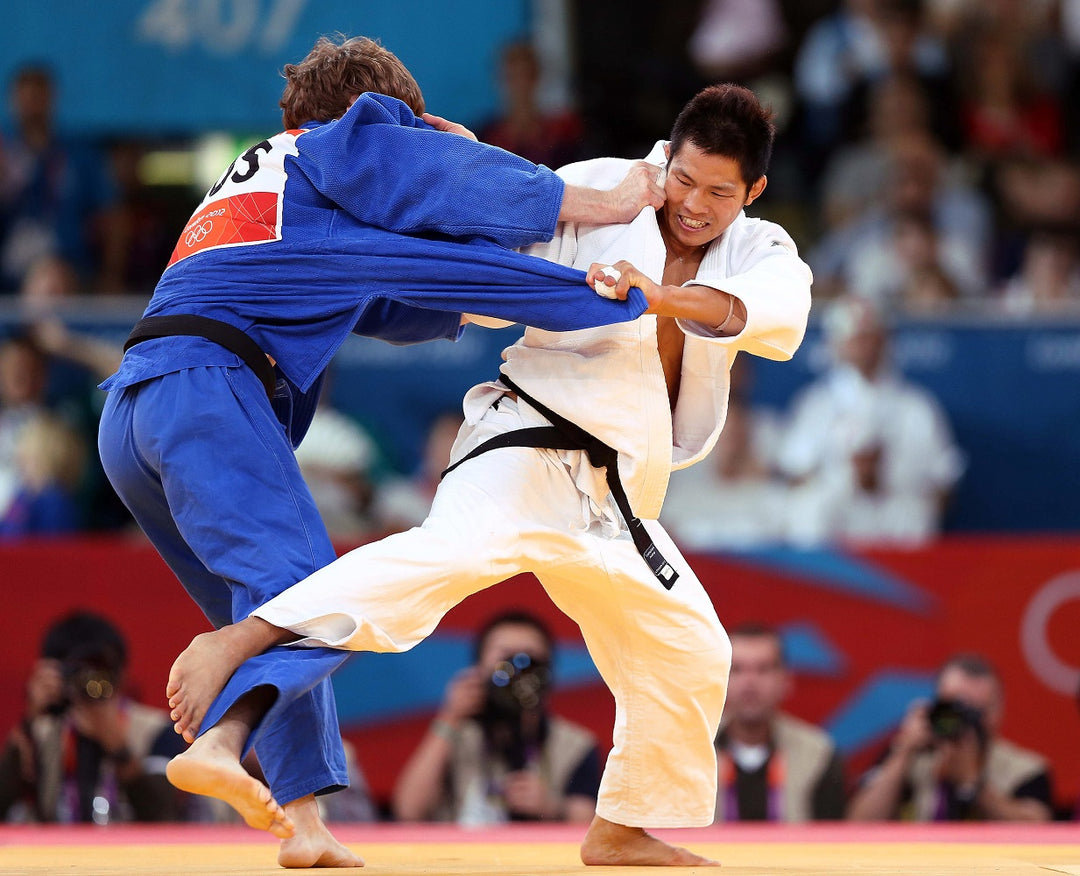A beginners guide to Kickboxing

Kickboxing is a highly popular martial art. If you're looking for a fun work out which will increase strength, confidence and coordination it is definitely a strong contender.
If you're considering taking up kickboxing as a sport, Beemat provides all the information you need below.
What is kickboxing?
Kickboxing classes focus on everything from cardio conditioning and elements of dance to self-defense, martial arts and one-on-one competition. It combines punches, knees, head butting and kicks to disarm an opponent. The key to excelling in this sport is speed and agility - the person must strike before the attacker has time to react or respond.
What do I want to get out of it?
If you're considering taking up kickboxing for the first time, it's a good idea to establish the reasons why you want to take up the sport. For example, are you doing it to improve your health or overall body conditioning? Or, do you have a passion to learn about real-world fighting and competition sparring? Some classes incorporate dance into the classes, but most offer either cardiovascular or fight classes, where you need to be prepared to be hit. If this seems a little daunting, it might be worth investing in a couple of private lessons which could better prepare you for a group class.
Find the right class
Spend some time doing some research and speak to a few different teachers to find out which lesson is the best one for you. You should go along to observe a few classes first, or call up the teacher and ask if you can come along for a free trial lesson before you agree to sign up. This is the easiest way to find out what the lessons consist of, and if the gender and age is suited to you. You can also find out what qualifications the teacher holds.
Can you handle it?
Be honest with yourself about what you think you can handle. Most of us are aware of our bodies, our current level of fitness, and how much we think we can take on, but if in doubt a visit to your GP will help put this into perspective for you. If you suffer from conditions such as asthma, diabetes or obesity, going for a check-up at your doctors first is a must. Kickboxing can be more intense than a normal exercise program, and the classes may challenge your body in a way you are not used to.
Choose the right gear
Make sure you invest in the right sportswear before you begin the course. When choosing a gym it's a good idea to find out whether the class requires any specific kickboxing gear. Most classes will provide all the necessary equipment, but some may ask students to purchase ankle supports, boxing gloves or headgear. If purchasing kickboxing clothing, it must be neither loose nor restrictive. A water bottle and towel will also come in handy.
Fuel up
Make sure you fuel up properly before a kickboxing class to allow you enough energy to perform to the best of your ability. Consume plenty of carbohydrates (food which digests slowly) such as beans, brown rice or sweet potato combined with a small amount of fast-absorbing carbohydrates such as fruit juice. Always eat at least one hour before your class begins to avoid any discomfort, and make sure you remain thoroughly hydrated throughout the workout.
A final note
The most important thing to remember is that whether your kickboxing class is cardio-focused or full contact, you are there to enjoy yourself. Most students will attend classes to learn a new skill, get in shape and have some fun. While the contact aspect can feel a bit daunting, there's no obligation to do anything you're not yet comfortable with, after all, there's plenty of time to improve!







